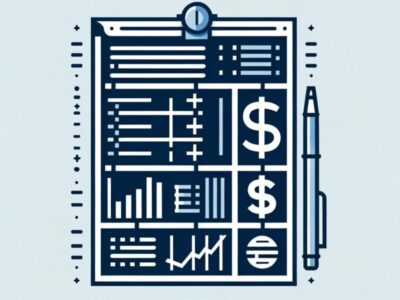- Loan Disbursement
When a loan is disbursed, it represents an outflow of cash or funds. The accounting entry for this transaction is as follows:
From: Bank/Cash
To: Loan Receivable
VAT: No
Comment: Debit in account receivable loans. This entry reflects the increase in the loan receivable account as the borrower now owes the specified amount. - Loan Collection
- Principal
When the principal amount of a loan is repaid, the accounting entry is as follows:
From: Loan Receivable
To: Bank/Cash
VAT: No
Comment: Debit account receivable loans. This entry records the reduction in the loan receivable account as the borrower makes payments. - Interest
Interest income earned from loans is accounted for as follows:
From/To: Bank/Cash
VAT: No, interest is VAT exempt most of the cases. If not, include.
Comment: Credit interest income. Interest income is recognized as revenue, contributing to the overall income of the business.
- Principal
- Loan Processing Fee
Processing fees charged for loan services are accounted for with the following entry:
From/To: Income
VAT: Yes
Comment: Credit fee income. This entry reflects the recognition of income and the associated processing fee.
- Penalty Interest
Charges for late payments or penalties are accounted for as follows:
From/To: Bank/Cash
VAT: No, interest is VAT exempt most of the cases. If not, include.
Comment: Credit interest penalty income. Penalty interest is treated as additional income, contributing to the overall revenue.
- Saving (only applies to saving institutions)
Savings represent a liability for the business and are accounted for as follows:
From/To: Liability
VAT: No
Comment: This entry reflects the increase in the liability section, representing the savings obligation.
- Borrowing
- Principal
When a microfinance borrows funds, the accounting entry is as follows:
From/To: Liability
Comment: This entry records the increase in the liability section, reflecting the borrowed principal amount. - Interest
Interest paid on borrowed funds is accounted for with the following entry:
From/To: Expense
Comment: Proof of tax deductibility required by showing source documents – receipts. This entry recognizes the interest expense incurred as a result of borrowing.
- Principal
- Insurance Premium
- Receiving
When the business receives an insurance premium, the accounting entry is as follows:
From/To: Bank/Cash
VAT: No
Comment: This entry recognizes the receipt of income from insurance premiums. - Paying Insurer
When the business pays an insurance premium to the insurer, the accounting entry is as follows:
To/From: Expense
Comment: This entry reflects the expense incurred for insurance coverage.
- Receiving
- Insurance Payout
Insurance payouts are processed through the insurance company and may not involve direct accounting entries.
- Loan Write Off
In case of a loan write-off, the accounting entry is as follows:
From: Loan Receivable
To: Bad Debt
Comment: This entry reflects the recognition of a bad debt, deducting both principal and interest from income (Deducted from income – principal + interest).
- Loan Recovery
When a previously written-off loan is recovered, the accounting entry is as follows:
From/To: Income (Added back to income – recovered amount)
Comment: This entry adds the recovered amount back to the income, reflecting the positive impact on revenue.
- Loan Disbursement (Asset)
For loans disbursed as assets, the accounting entry is as follows:
From: Inventory
To: Accrued Income, realized only when fully paid.
VAT: Yes
Comment: Taken off stock, clearing account to account for earned income. This entry recognizes the earned income and adjusts the relevant accounts.
- Loan Loss Reserve (Provision for Bad Debt)
Creating a provision for bad debt involves the following entry:
From: Loan Receivable
To: Expense
VAT: No
Comment: Provision for bad debt according to BoT Guidelines in the Regulation. This entry reflects a prudent approach by setting aside a portion of income to cover potential bad debts.
- Deferred Interest
In microfinance operations, the concept of deferred interest may arise, especially when dealing with specific loan repayment structures or promotional financing options. Deferred interest refers to the interest that accrues but is not immediately paid by the borrower. Proper accounting treatment of deferred interest is essential for maintaining accurate financial records. Here’s how to handle deferred interest:
From: Interest Receivables
To: Interest Income
VAT: No
Comment: Accrual of deferred interest. This entry recognizes the accrual of interest income that has not been received in cash yet. It is crucial to distinguish between accrued and received interest for accurate financial reporting. Added to your If you don’t tick this checkbox it is not going to be shown in your Company Books in Income Statement and Balance Sheet. If you tick this checkbox it is going to be shown in your Company Books as Liability in Income Statement and Balance Sheet.
Understanding these accounting entries is crucial for maintaining accurate financial records and ensuring compliance with accounting standards. Each entry is part of providing good management insights into the financial health and performance of the business, allowing for informed decision-making. Good loan management systems with accounting modules included already follow this process. Feel free to duplicate the provided information and utilize it as a foundation for your microfinance accounting guidelines.

 How to decide on a loan management software
How to decide on a loan management software